A lot of virtual ink is being spilled over the fact that Microsoft wasn't at CES, but more interesting for me was that CES was a manifestation of a five-year-old prediction coming true.
For years, Microsoft used to keynote CES, giving us memorable moments like the time Windows 98 crashed on a 30-foot tall screen. This year, however, the Redmond, Wash., company and its products were almost completely absent.
In 2010, Steve Jobs introduced the iPad, and with it the birth of the Post-PC era. International CES 2014 was a prime illustration of the era spawned by that announcement. PCs played as background noise to the cacophony of new connected devices and mobile-first services.
Instead of beige boxes, we saw crazy future things: connected home voice control; smart watches, smart watches; more smart watches; amazing five-fret wireless guitars, rings that control apps in mid-air; musical lightbulbs.
Also on display were evolutionary advancements in tech we now consider pedestrian. Memory cards gained multi-host Wi-Fi, ski goggles got heads-up display capabilities, and everyday cables were wrapped in leather.
Okay, sure, Toshiba had a few Haswell-powered Chromebooks on display (which happen to run iCloud.com very nicely), but on the whole there wasn't much to see in the way of traditional computing. It seems every bit of tech at CES 2014 migrated to the wrist, to the cloud, and in more cases than not, to iOS.
So what do you do in a Post-PC world? If you're a manufacturer, you adapt. Fujitsu showed their ScanSnap iX500 scanners which work with iOS and scan up to 25 double-sided pages per minute. Available now for $410, it lets you easily capture pictures, documents and receipts and send them off to iOS.
It may be pricey, but it's also one of the better scanners on the market. Personally, I still use a Fujitsu S300M from 2009. If the scanner lasts for 5 years, the amortization makes sense if you scan a lot.
On the topic of imaging, Epson showed off their $99 LW-600P label printer ($129 for a two-tape version) which works with iOS over Bluetooth. Capable of printing up to one-inch labels. Working with Mac and iOS, it's possible to print on any of the company's label materials including satin. The Epson representative talked about how cool it would be to print satin ribbons for gift-wrapping. Iron-on labels are also available.
In a mobile world, the office gets portable: the Epson runs on 6AA batteries in addition to the power cord. The Future-is-now-feature? The accompanying iOS app enables label printing with voice dictation.
iCreation showed off their SpeeCup, a Bluetooth speaker shaped to fit a car cup holder that is controlled by air gestures, acting as sort of makeshift Siri Eyes free. Starting at $99 with no gestures and MicroUSB charging only, you get 20 hours of battery life and can still prompt Siri from the speaker.
At $129, you get a jog shuttle wheel, convex and concave buttons you can find with your eyes closed, and air gestures. Air gestures here are in the four cardinal compass directions, east-west and north-south. For $159, you get touch capacitive sense controls on top, air gestures that include moving your finger in a circle as if controlling a touch-wheel iPod and qi compatible charging. This last model will be available in Q2.
CES is exhausting to attend, and while we didn't get to every single booth or company suite, we covered the best and most interesting products that work with iOS or Mac. After sifting through countless cases, dongles, watches and other paraphernalia, we found that Jobs was right. This is the Post-PC world.
 Victor Marks
Victor Marks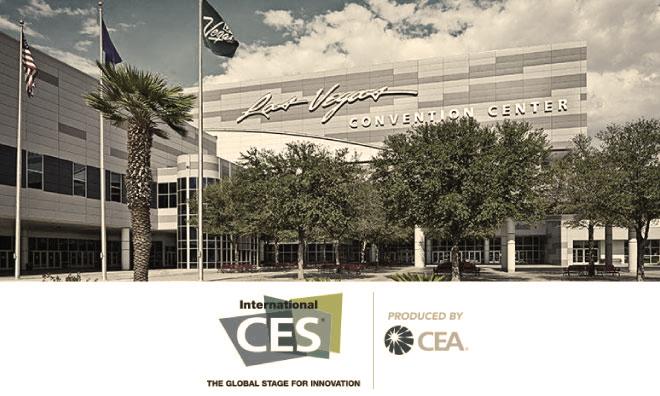
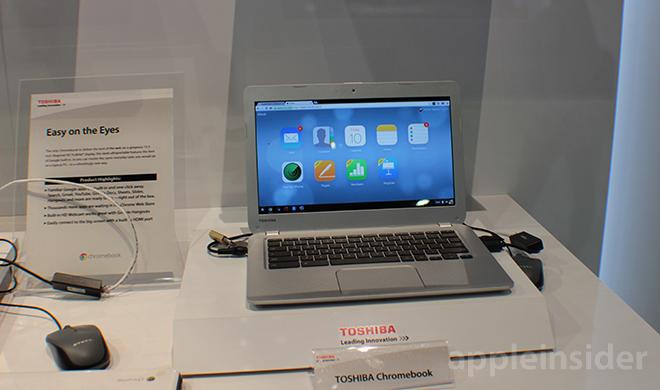
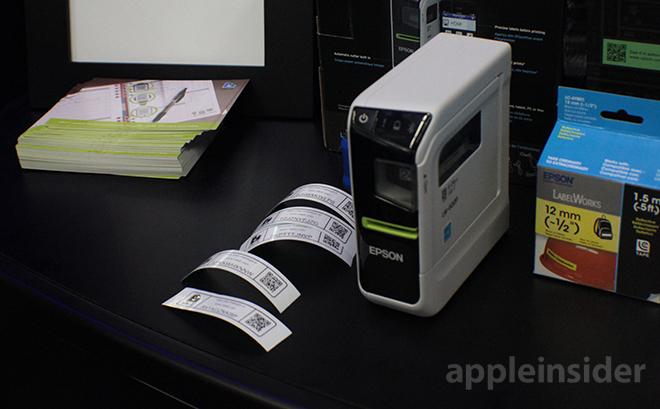
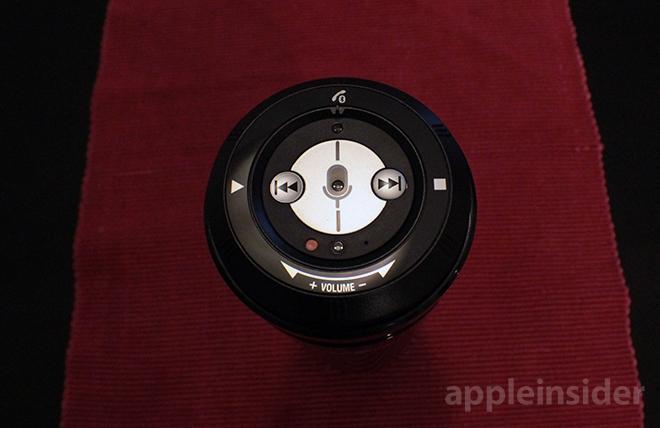







-m.jpg)





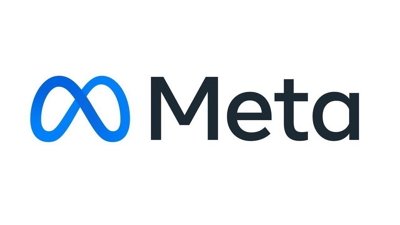
 Marko Zivkovic
Marko Zivkovic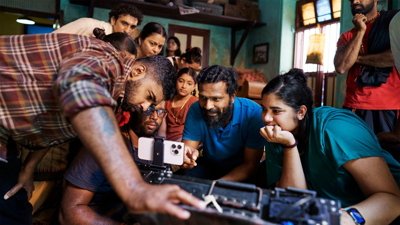
 Amber Neely
Amber Neely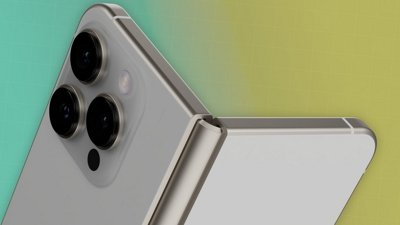
 Malcolm Owen
Malcolm Owen
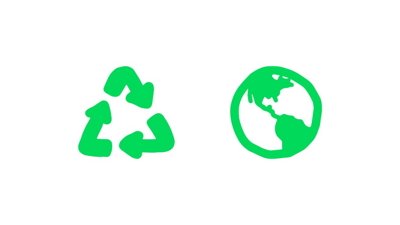
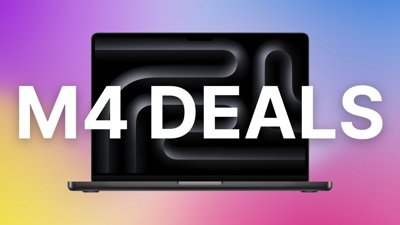
 Christine McKee
Christine McKee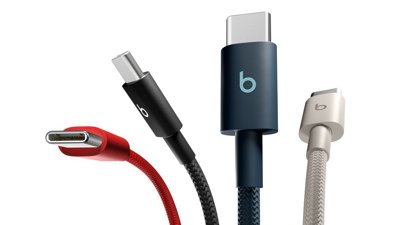
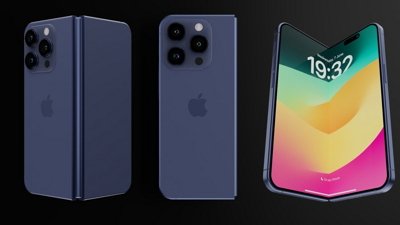



-m.jpg)






48 Comments
Until you actually need to get work done. Then you grab your Mac
Well we're moving away from the age of the PC being the "digital hub" that defined Apple's original iMac strategy in the early 2000s. The original iPod was created as an accessory to that hub. As was the iPhone and iPad, originally. I think it's interesting that now these devices are now fully independent computing devices, and are becoming "digital hubs" in their own right with all these accessories (printers, scanners, sensors, etc.). So, yes, I agree that this can be a leading indicator for the "Post-PC" age.
Well we're moving away from the age of the PC being the "digital hub" that defined Apple's original iMac strategy in the early 2000s. The original iPod was created as an accessory to that hub. As was the iPhone and iPad, originally. I think it's interesting that now these devices are now fully independent computing devices, and are becoming "digital hubs" in their own right with all these accessories (printers, scanners, sensors, etc.). So, yes, I agree that this can be a leading indicator for the "Post-PC" age.
Like SJ said in the WWDC 2011 keynote, iCloud (or the cloud generally speaking) is the hub of your digital life and your devices.
This like the past 5 years of CES have been the opposite of an embarrassment of riches. Instead, it's just been an embarrassment in actual innovation. The past 7 years have been catching up to ideas Apple disrupted. The concern people have about Apple now is will Apple be able to disrupt the space again and force another leap. I know they will.
Until you actually need to get work done. Then you grab your Mac
Well, this depends on what "work" is.
If taking photographs, writing notes and stories on booths and uploading them to dropbox (before it failed us) to the rest of the team count, then an iPad with the lightning-to-SD-card cable, and perhaps a keyboard, does fine, or a Chromebook with SD slot would do as well.
I used my iPhone in personal hotspot mode. The LVCC Wi-Fi speed tested at an absurd 256kbit/s down, 33kbit/s up. Oh lord, the data overages, they pain me.
I left the MacBook Air at home. 4 hours of battery life on a Mid-2011 just isn't enough to cover the show without recharging. I think I spent only 15 minutes in the press room, although Wi-Fi was much better there.